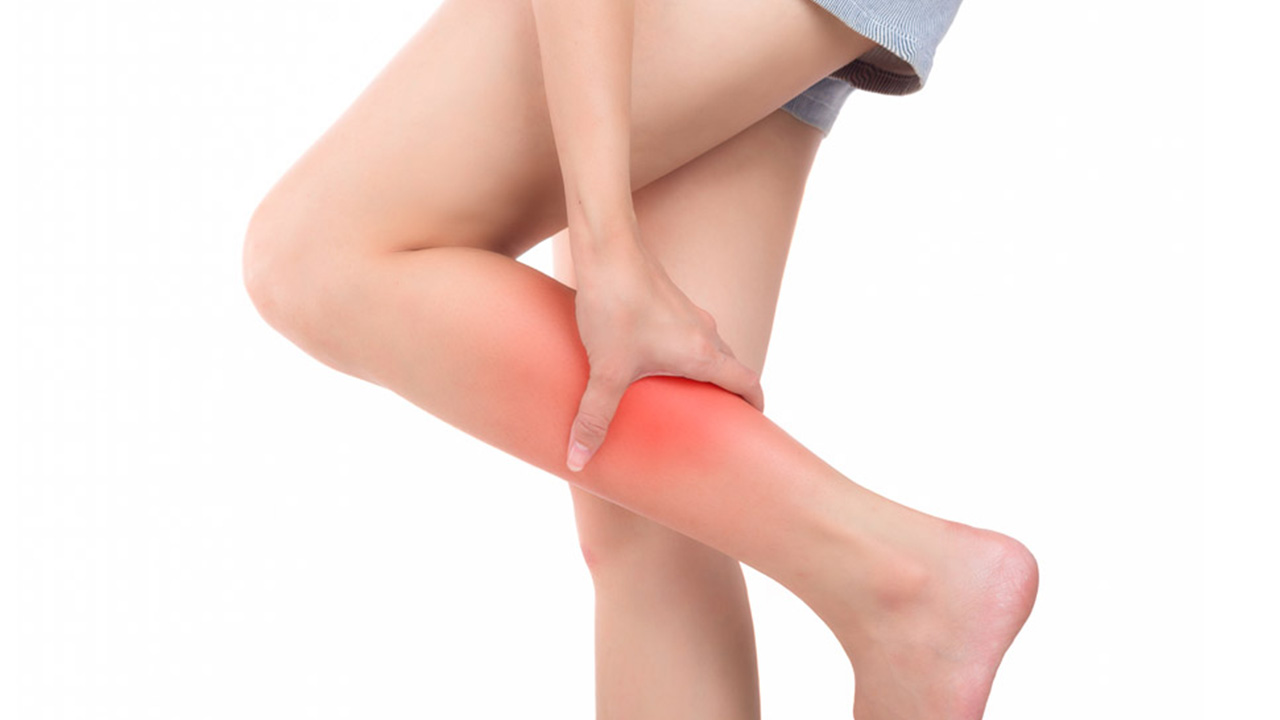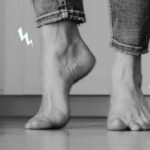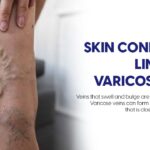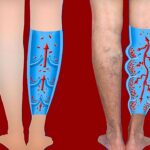Losing the hair on your legs and thinking that it is just because you are getting old? It might not come up like a big deal especially when you are not even facing any symptoms of issues regarding it, but it may advocate for a bigger problem. Hair loss in the legs can reflect a condition known as peripheral vascular disease. Peripheral vascular disease and hair loss have a very strong connection.
What is peripheral vascular disease?
Peripheral vascular disease is when your arteries are clogged limiting the blood flow you’re your legs due to the plague build-ups. It can be dangerous if left untreated, it can cause amputation and gangrene. Some people are at a higher risk of developing the peripheral arterial disease than others and these people are the ones who smoke, who have diabetes, have high cholesterol levels, are obese, have blood pressure issues, etc. people with PAD will experience numbness and pain in their legs, burning feet and heavy feeling in the leg.
How is PAD related to hair loss?
Indeed, PAD is not the only problem that can cause hair loss in your legs. A family history of baldness, poor circulation, diabetes, thyroid issues, infections, hormonal changes, folliculitis, and disorders related to pituitary glands can also lead to hair loss. Deficiencies of different vitamins i.e. vitamin D, zinc, and the use of steroids can also cause hair loss.
If we associate hair loss with PAD, it is clear that the inadequate flow of blood to the legs robs them of the required oxygen that is necessary for its nourishment. When the follicles have been deprived of these nutrients, the growth of hair stops. At this phase of the problem, you may also notice and experience other symptoms like pain in the leg and numbness of the leg.
Is hair loss the starting point for PAD?
PAD does start with hair loss sometimes, however in other circumstances, it is only the first outward symptom of the condition. There usually are 4 stages of PAD. The first one is asymptomatic. Hair loss might be a progressed stage of PAD and might need treatment.
Hair loss in men and women
Hair loss due to PAD is experienced by both men and women, but studies show that men are more prone to losing hair because of PAD than women. Around 35% of men are known to have developed this condition throughout their lifetime. However, it is important to get checked for PAD regardless of your gender.
What needs to be done?
Losing hair can be a sign of a bigger problem, it is essential to get in touch with your physician or the cardiovascular specialist. Other reasons may be causing your hair loss but it is necessary to get it checked. If the PAD is caught in its early stage, the treatment would be much more easy and straightforward, it might require just a minimally invasive procedure.
Will the leg hair grow back after PAD?
Regrowth is not promised. It is not an absolutely certain thing that your hair will grow back after PAD but the treatments like angioplasty, atherectomy, and bypass will surely restore the blood flow to the extremities. This blood will be utilized by the hair follicles to grow back only if they have not been destroyed by the lack of blood flow previously. If the hair grows back, the hair will not be as thick and uniform as they were before PAD.
Treatment for PAD
If you are experiencing symptoms related to PAD and have risk factors associated with PAD, having some lifestyle changes like avoiding smoking, exercising, having a balanced diet, etc. will help you with this condition. However, these only slow the course of PAD. Only proper treatment will help in restoring the flow of blood in order to improve the person’s quality of life.




